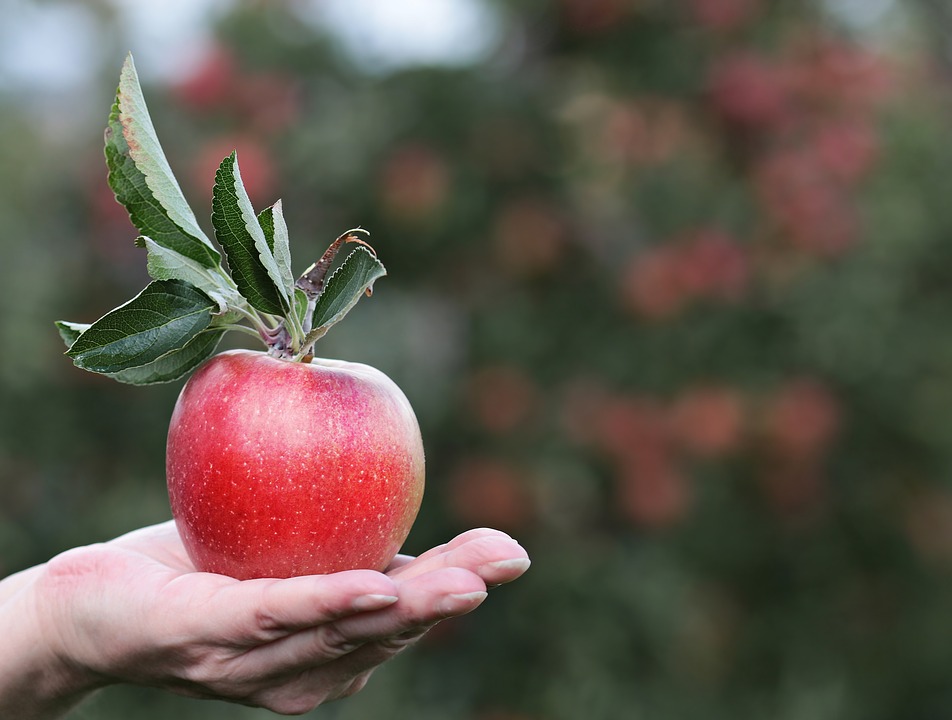For freezing days, it is a good time to cut the kernel, the apple tree and the pear tree. Peckworms, more susceptible to fungal disease, are pruned from April to August. But the kernels tolerate the winter and pre-jar sections well. An advantage is the no-dollar crown and the use of off-season time.
Why fruit trees prune?
Sunbeams and fresh breeze, this is the best prevention of the tree against fungal diseases. And you will also find bigger, sweeter and better colored fruits. Cutting carefully maintained trees can have fewer fruits than no cut, but the fruits are bigger and better.

The educational cut in the first years of the tree life is very important. It affects the shape of the crown. In the years to follow, you will ensure that the crown is sufficiently airy and luminous.
Educational cut
While highbrows, long-leaved trees need only an initial upbringing, and then only minimal interventions, small, short-haired hives without a thorough cut can not be grown. The basis is to cut the main shoots and the main side branches by half in the second year after planting. At the same time, it is advisable to remove all the smaller shoots that grow from the main branches and point to the inside of the crown or cross each other. Branches that remain will have room and strength.
Carefully treat the wounds
Impregnate the wounds with balm, which is commonly sold for gardening purposes. Creates protection against the penetration of fungal diseases and the drying of the stem on the cutting surface. If you do not have a balm, you can use latex color.
Suitable tools
Success also depends on high-quality, sharpened tools – heats the wounds with sharp blades rather than blunts.
Gear shears – a special mechanism based on a simple lever gear, respecting the maximum cut diameter recommended by the manufacturer. Some models are designed to cut branches with a maximum diameter of 32 mm, but you can also find products that can be used on branches with a diameter of up to 50 mm. Telescopic solution is suitable for work at higher heights.
Motor saw – better suited for the cutting of already grown trees, smaller combustion-powered saws are available for more demanding users. Plus, it’s not just performance but also a low weight, which is about 2.5 kg for basic models.







